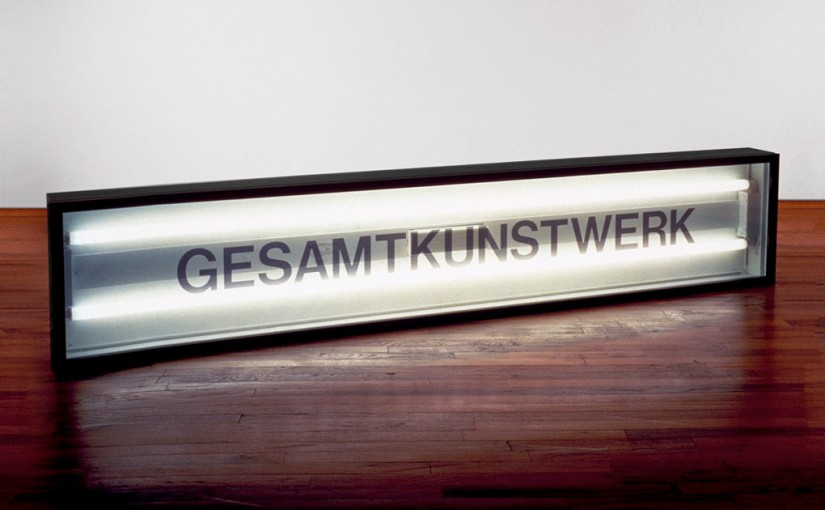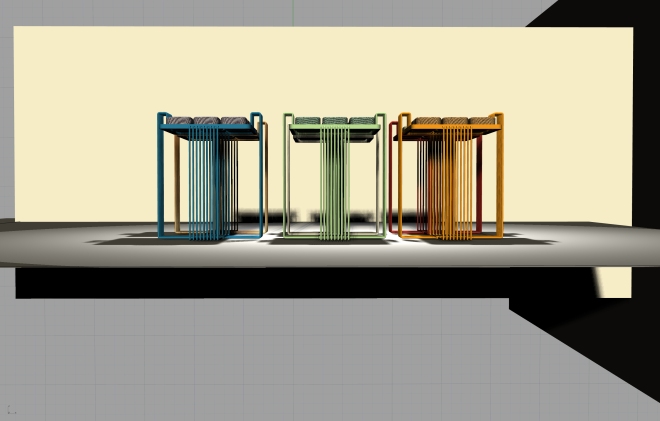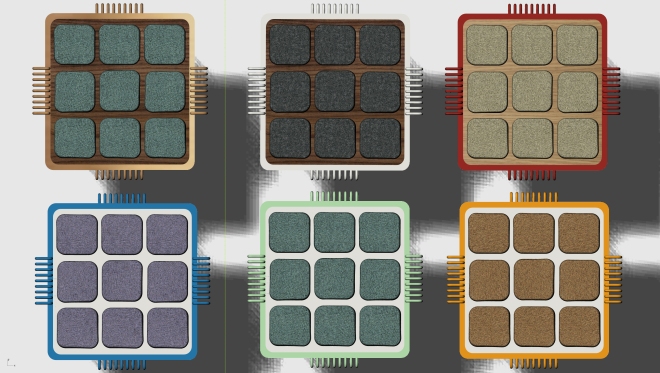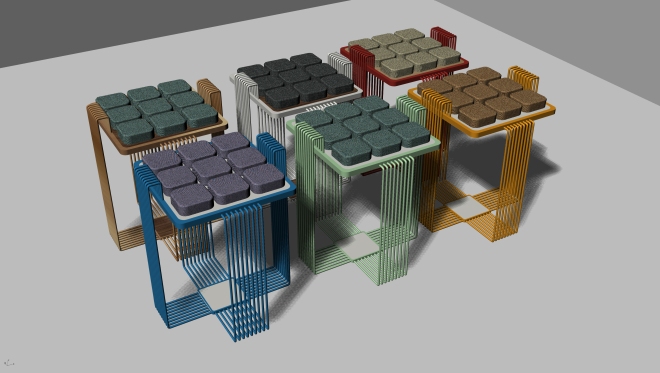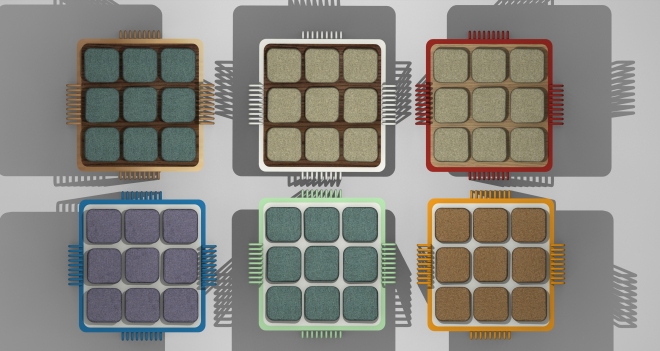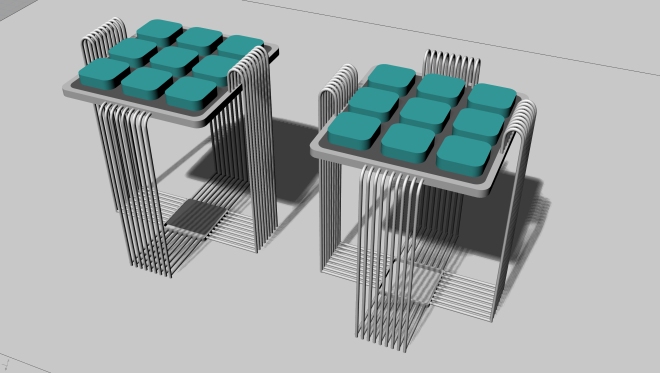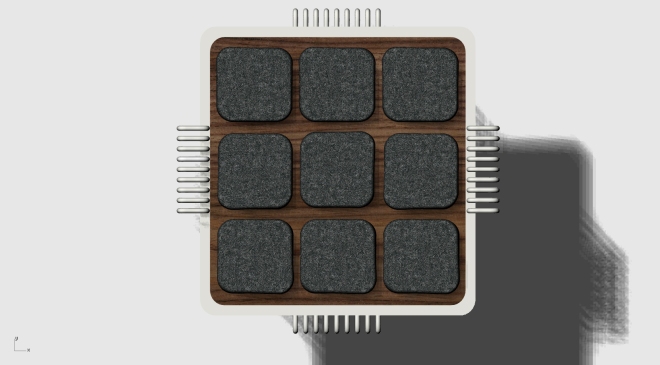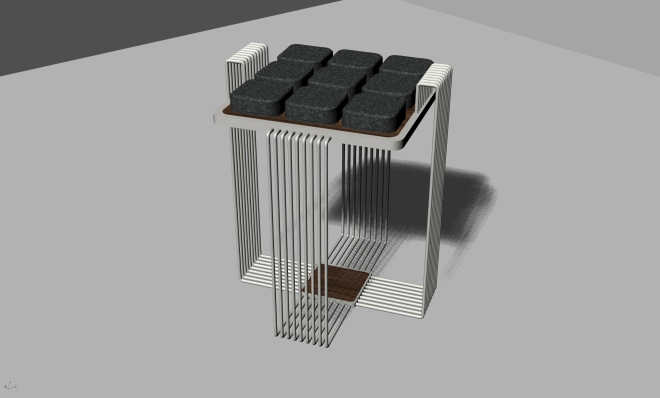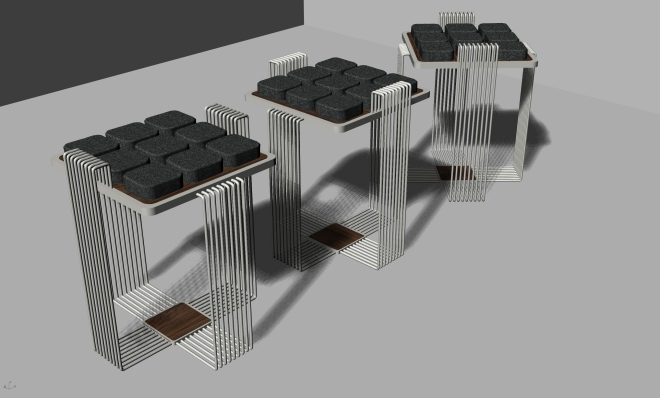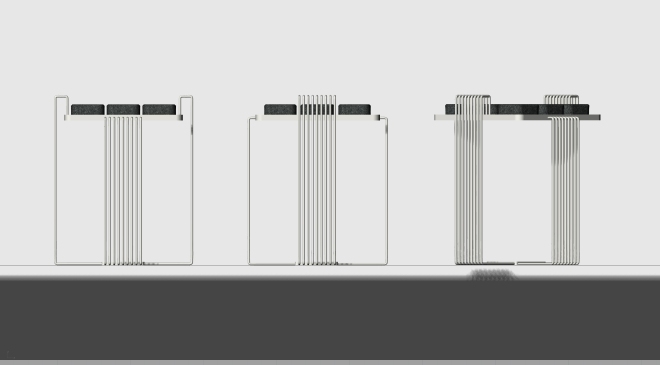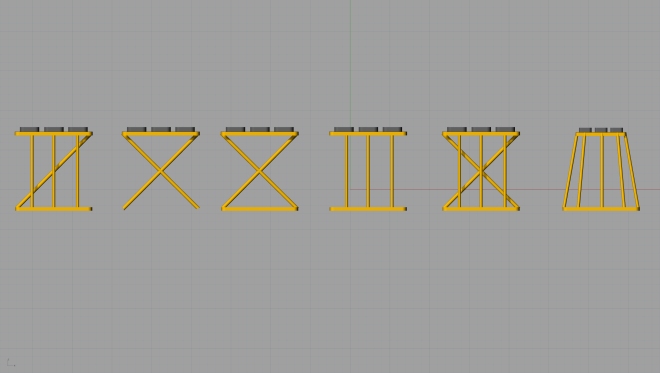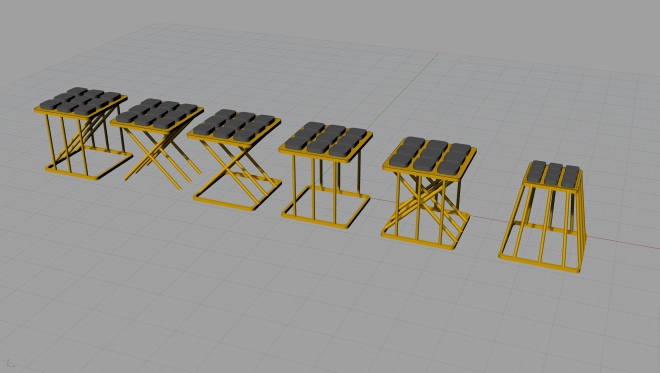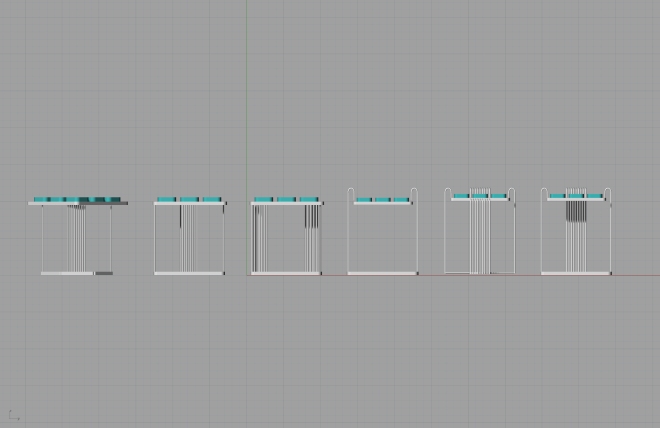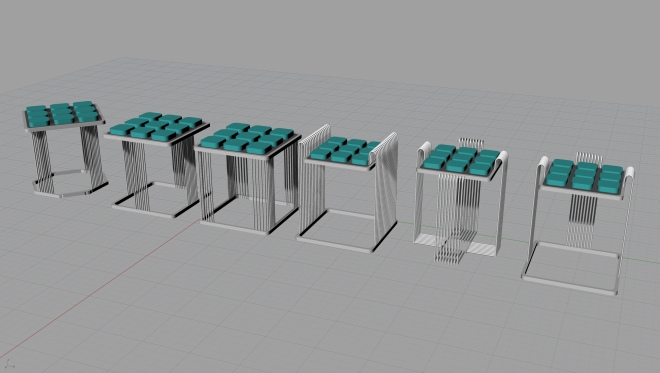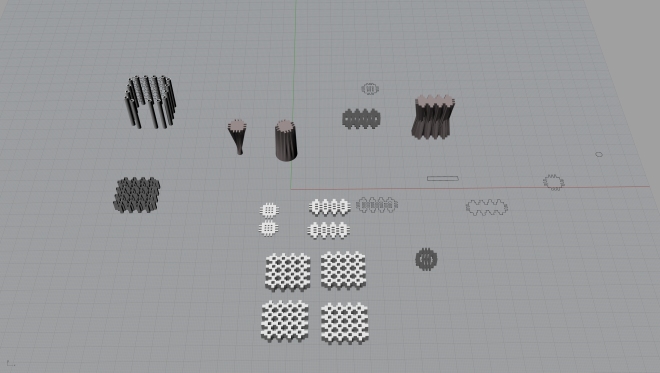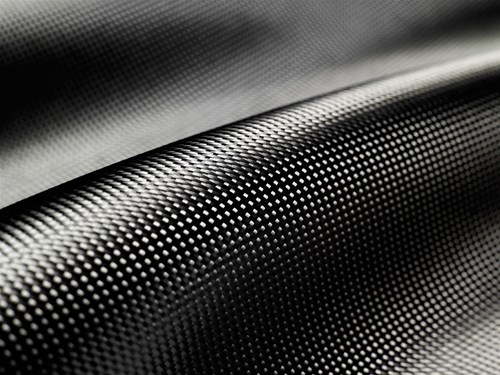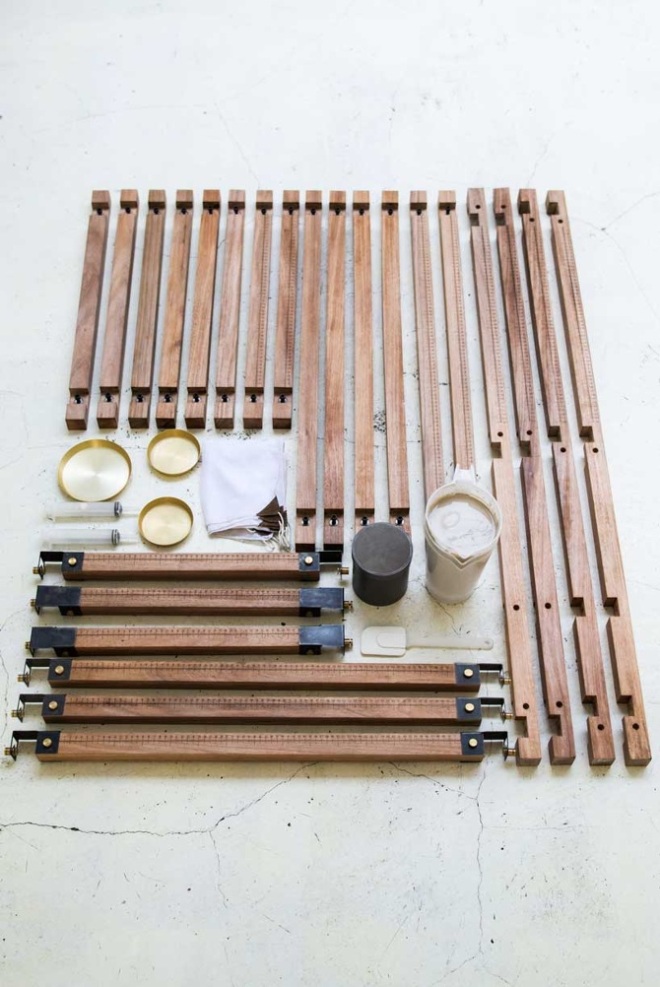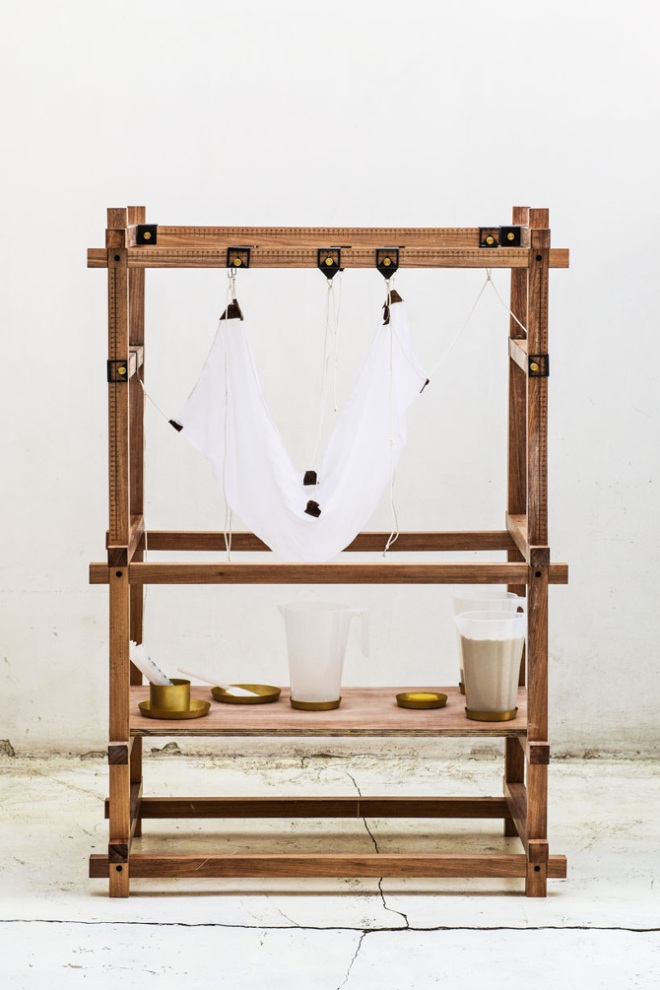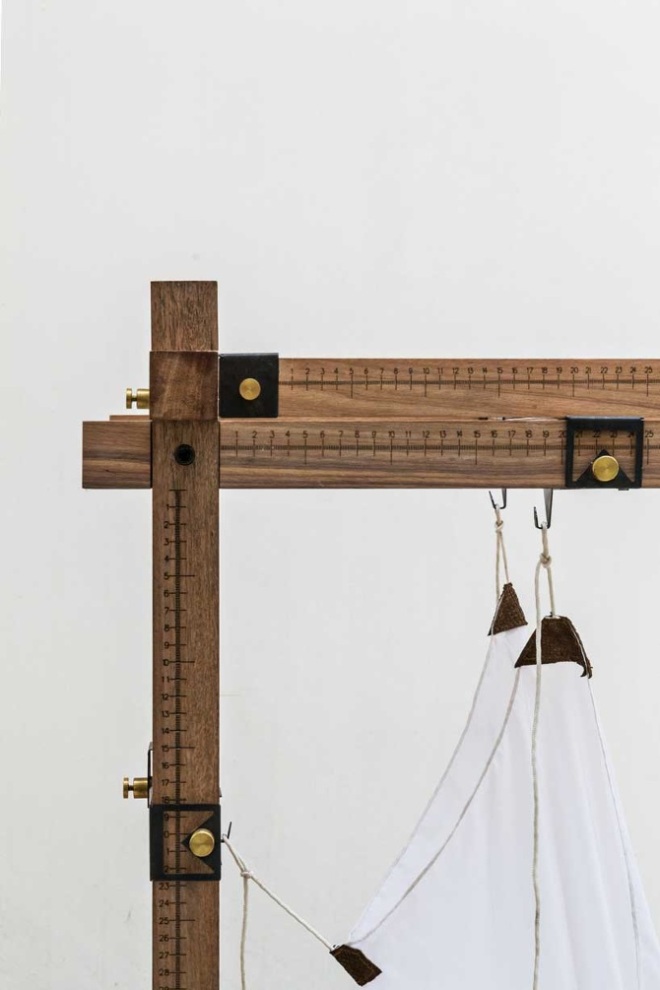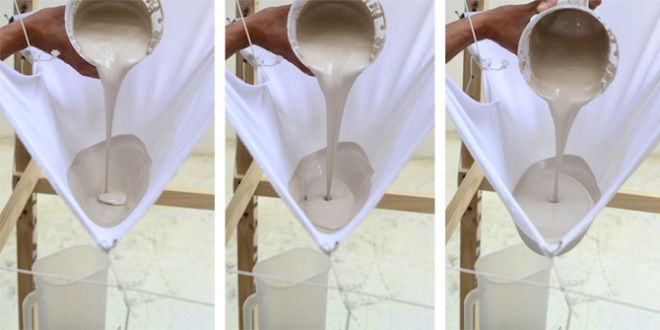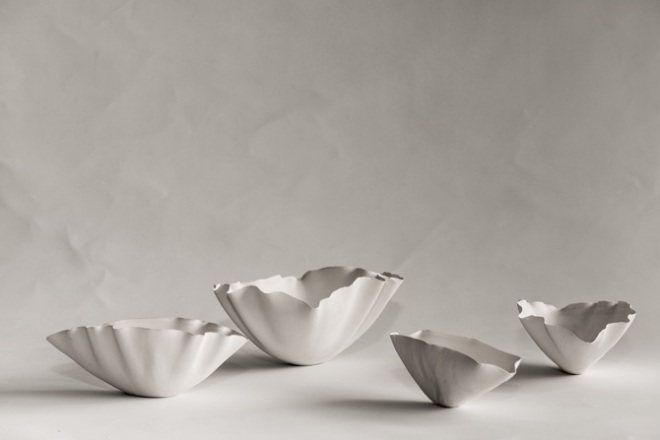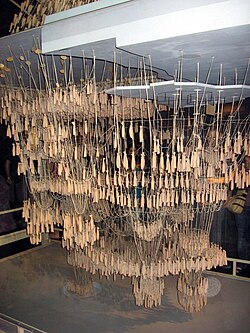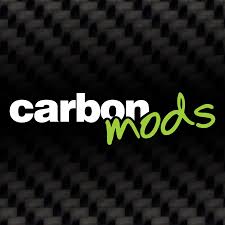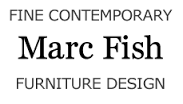Artist, Designer: Maker Research Project Level 6 a cheeky bit of …….
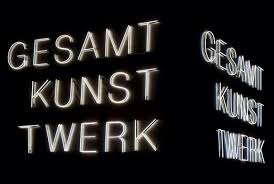
GESAMKUNSTWERK : Ideal Work of Art, A Total Artwork, An all embracing art form.
IDEAL: a conception of something in its perfection.
This is a short research project to get you started for your third and final year. It’s time to get ambitious….. so let’s strive for the ‘ideal’.
What would be your idea if a GESAMKUNSTWERK? What typifies your ‘ideal’ object?
The Collection:
Begin by selecting a series of objects (10 min-20 max), which have some of the characteristics you seek in your own ideal object. Ideally visit museums and galleries to experience these works in the flesh. Imagine you are a collector, amassing a great collection of artifacts which epitomize your values, how would a curator present your collection of objects, what conclusions would people draw about your interests from viewing your collection. What themes, values unite your objects?
Evaluate why it is you are particularly drawn to these objects:
Concept… what are the ideas/concepts informing theobject?
Function…what does it do, or did it do… is this ofinterest to you? What is its purpose?
Material… are you drawn to it because of the material it is made of?
Craftsmanship…. Is it the virtuosity of skill evident in the object?
Process…
Expression… does it speak to you, move you…if so how?
Innovative…. Does it inspire? Does it challenge?
Is it beautiful? And if so, why do you find it beautiful?
You need to able to research these objects, who made/designed them, when, where were they made and for who? What makes them successful as objects?
Perhaps there is a specific museum, gallery or collection, which appeals to you to explore, consider specialist museums as well as your local or larger museums. Consider if your objects are part of a family of objects? If so, how do they compliment each other, how do they differ? Your objects can be incredibly disparate, spanning time, cultures and contexts, draw inspiration from many sources.
Once you have selected your objects you must look at different ways of creating your own interpretative response to your collection… in essence we want you to strive for your ideal object, distilled from the GESTAMKUNSTWERK of others. You must try not to be derivative, as what we are looking for is for your own creative voice to shine through.
In your first week back you will be required to present your collection of objects in a Pecha Kucha style presentation to the group,
Pecha Kucha Rules for this task are as follows:
Powerpoint with 15 slides – Each slide is to be a singleimage no text allowed.
First 10 slides: your collection
Last five slides : your ideas for your Gesamkunstwerk.
Your presentation to be timed for 15 seconds per slide.
Presentation will not exceed 4 mins per person. The idea is that Pecha Kucha is fast, furious and informative. To help with this task consider the 5 main areas of the
creative process that you will need to address.
1. Concept/ Idea – how is this triggered and developed
2. The form giving process – how do we derive the
shape, scale of the thing
3. Material use – what materials are to be used and why
4. Production method – how is it made
5. Audience/user response – what response are you
seeking?
6. How do you know if it’s good?
As this is a research project only, you can be ambitious in your ideas. Please be sure to document all the processes on your blog under the subject category. Please be mindful that the research for this project may also feed into your dissertation module.
All Pecha Kuchas need to be ready for presentation on Monday September 25th .
